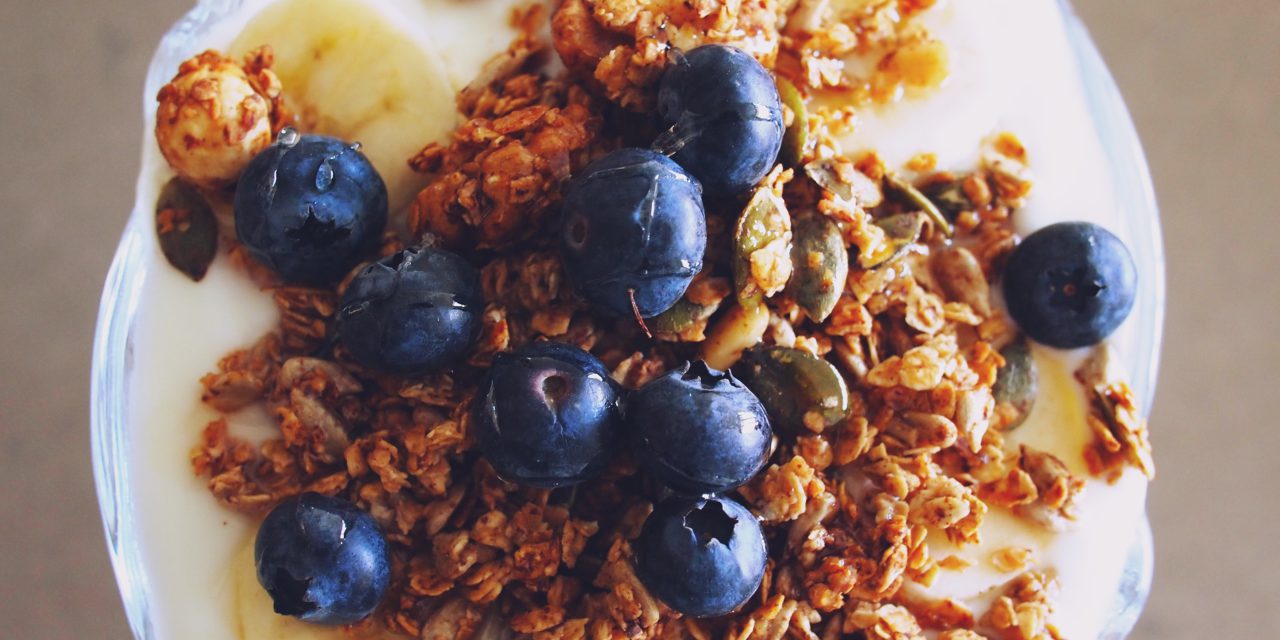Fiber is a type of carbohydrates, just like sugars and starches. But since it is not broken down (digested) by the human body, it does not contribute with any calories. Fiber is considered good for people with diabetes because it does not contribute to increased blood sugar levels. Fiber is the indigestible part of food plant products, and fiber plays an important role in the human digestive process of not only people with Diabetes.
Types of Fiber
There are two types of Fiber: insoluble and soluble.
- Insoluble Fiber: They do not dissolve in water, and keep your digestive tract working well by passing through the system with little absorption, in addition to adding bulk to the bowl. Whole wheat bran is an example of insoluble fiber.
- Soluble Fiber: These are fibers hat dissolve in water and help slow down the digestive process, helping the body to absorb nutrient from certain foods. Oatmeal is an example of soluble fiber.
The Importance of Fiber
- For people with diabetes, one benefit of fiber is that it slows the conversion of carbohydrates into sugar, increasing blood sugar slowly, helping to control the level of glucose in the blood.
- Another benefit of fiber is that it adds bulk, it makes you feel full, preventing overeating. In addition, it also helps with bowel movement / evacuation.
- The other is the cholesterol-lowering effect of soluble fiber that could help reduce the risk of heart disease.
Given these benefits, it is important to include fiber in the daily diet of people with and without diabetes.
Here are some tips to increase your fiber intake:
- Eat the skins and seeds of vegetables and fruit
- Choose “whole grain” bread, pasta, cereal, crackers and rice
- Use whole grain flour in your homemade baked goods
- Add barley, beans and lentils to soups and salads
- Use canned beans, chickpeas in salads or in place of meat a few times every week
- Add ground flax seeds to yogurt, cereal or homemade baked goods
- Add a small handful of almonds or other nuts to a salad
Daily Fiber Intake
Diabetes Canada recommends that adults with type 1 or type 2 diabetes may aim to consume 30 to 50 grams of fiber every day1. Children between the ages of 3 and 18 need a gradual increase of fiber in their diets, usually calculated by using the child’s age and adding five grams. People of all ages should eat a variety of foods to obtain a mixture of both soluble and insoluble fiber.
Ask your dietician or Health Care Provider about what your personal recommendations are for fiber. Remember to increase fiber gradually to prevent bloating and distention. You should also be aware that when fiber is increased, fluid (especially water) should be increased. Ask your team the amount of fluid you should drink every day.
Reference
1 Information on fiber content taken from the Canadian Nutrient File (CNF) 2010
Image by Daria Nepriakhina from Pixabay









